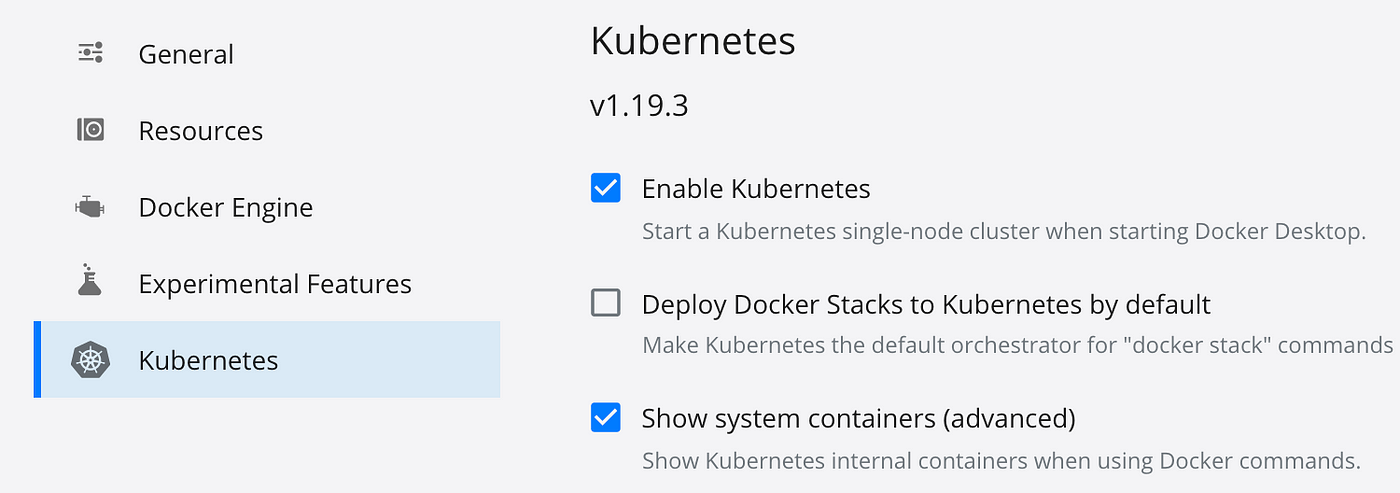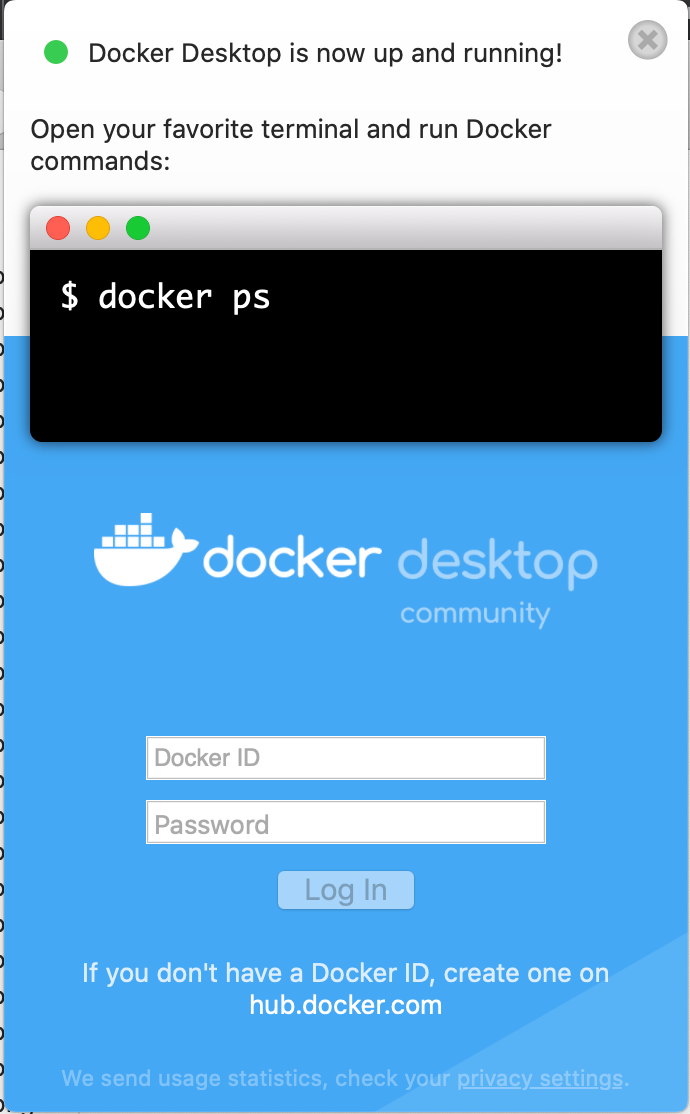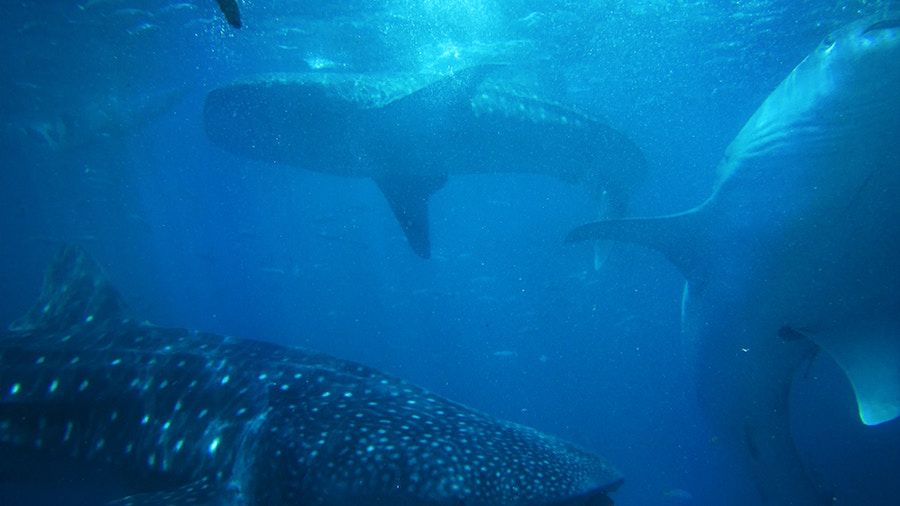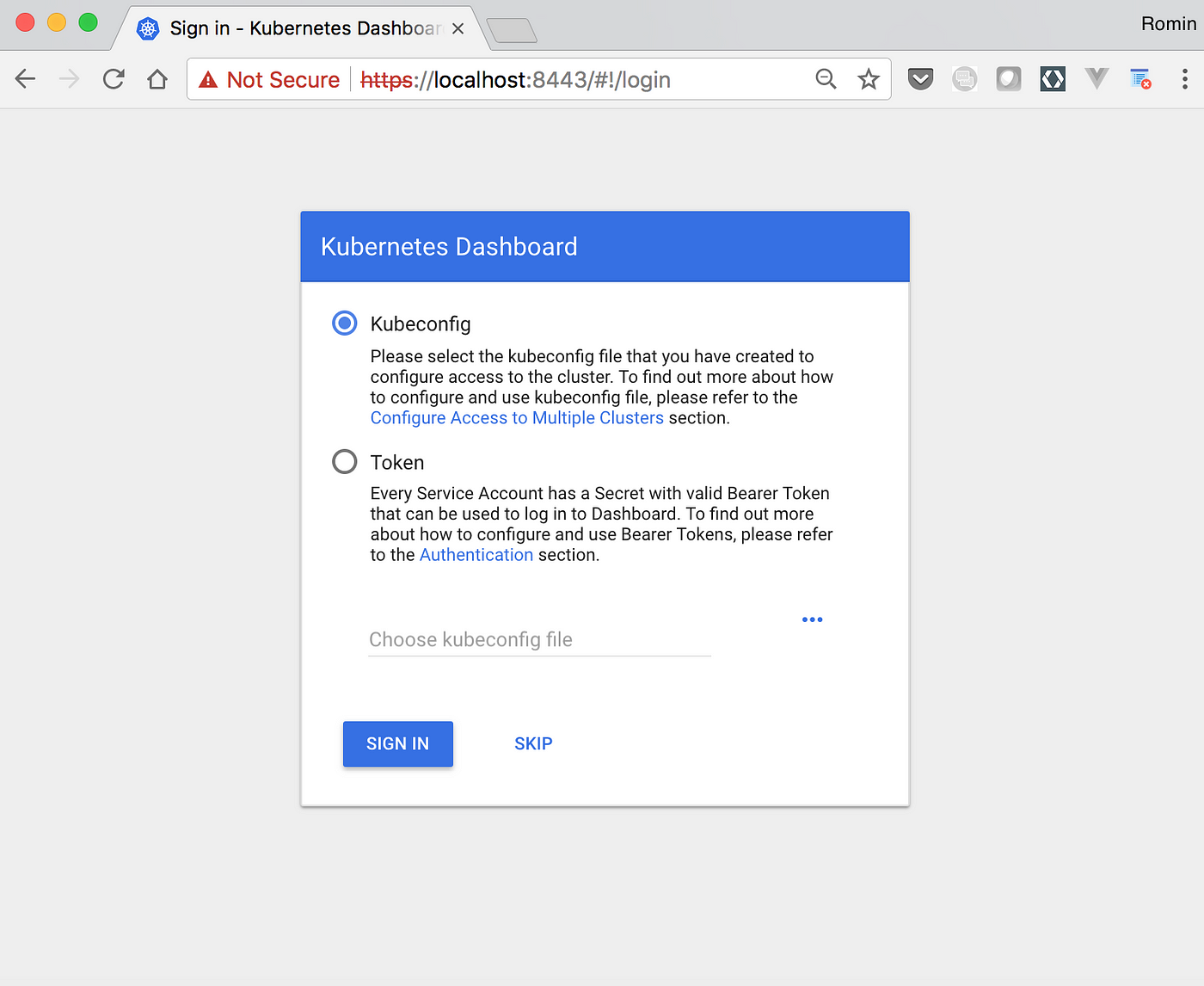

This was the time before Docker, so I had no performance issues with my work-related tasks. It, of course, took me a while to get used to a different system but I still like it and don’t want to change to anything else. Trust me, this is not a convenient solution, especially in my case (flexible working hours).īased on that experience I decided to switch to something which combines some of the good features from Linux and usability from Windows, and I bought my first MacBook Pro. I was trying to separate work from after-work activities by using two operating systems, switching from one to another based on what I want to do. Unfortunately, I had only one computer for work and entertainment, and for this second task, Linux was not good enough for me. I prefer the command line over GUI and also Symfony based projects were quite slow on windows back then. Why not buy a “normal” computer with Linux on it?Īt the very beginning, I was a Windows user and did not need a lot of time to realize that it is not well suited for my programmer career. For some applications, this won’t be a big problem, but all apps which perform many I/O disk operations will be affected and probably not usable.

These are related to volume performance, the way volumes are mounted, and the underlying osxfs filesystem. On Mac has had some performance issues since the beginning.

Template: It specifies the tags to be used for the newly created pods via the spec.Update for 2022: Docker on new MacBook with M1 Pro Why is Docker on Mac so slow? Spec: It specifies the details about the container such as image name, container port, CPU/memory limits for the container inside the pod, etc. It will also scale up the pods by two if replicas is set to six. It will terminate two of those pods to meet the requirement of two replicas.

Let’s say replicas is set to two and there are four pods already running with the label app: node-backend. If you say two, it will have two pods running the back end. Replicas: It specifies how many pods within this container you wish to create. If there is a pod already running with such a label, it will be part of this deployment. Selector: It is used to identify existing pods by labels, such as their metadata. The salient point to note here is kind - it’s a deployment rather than pod. It should look pretty similar to the previous YAML you saw. You can define deployments to create new ReplicaSets, or to remove existing deployments and adopt all their resources with new deployments. You describe a desired state in a deployment, and the Deployment Controller changes the actual state to the desired state at a controlled rate.


 0 kommentar(er)
0 kommentar(er)
